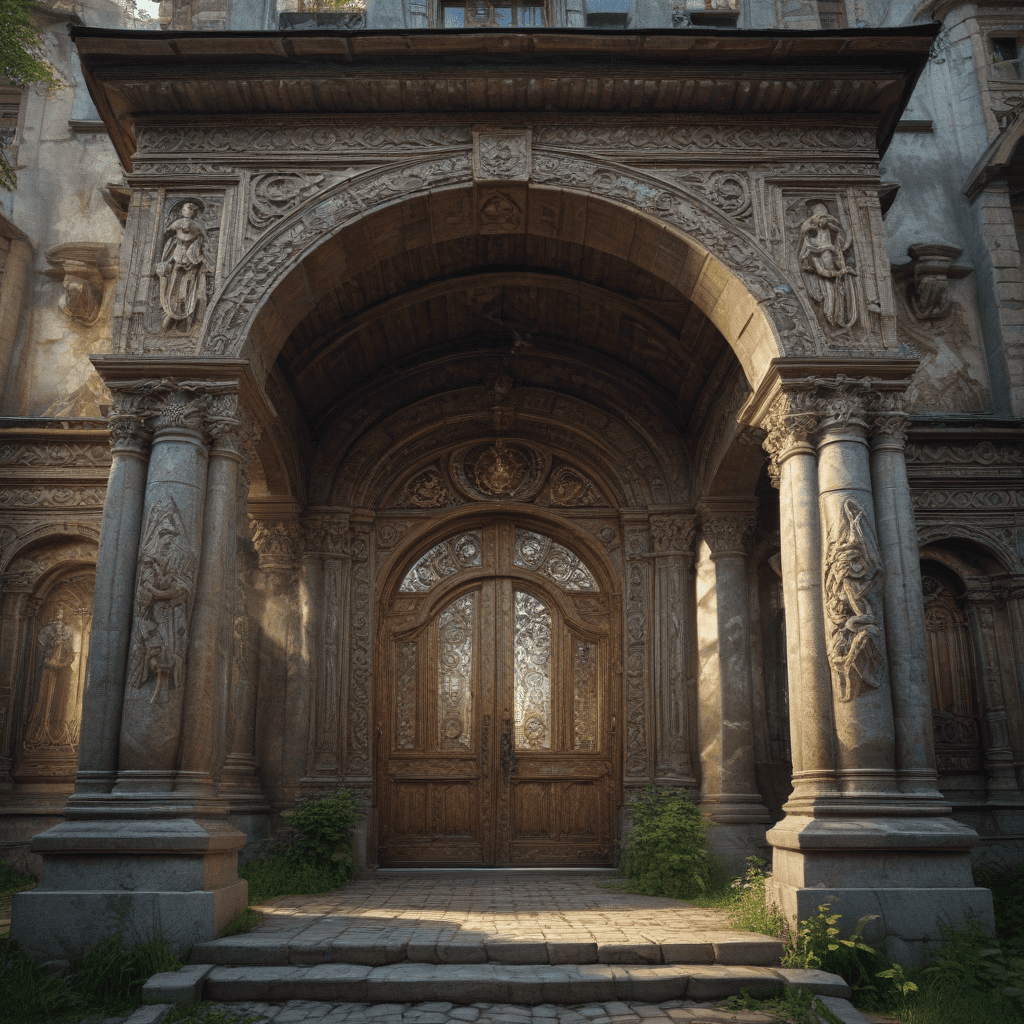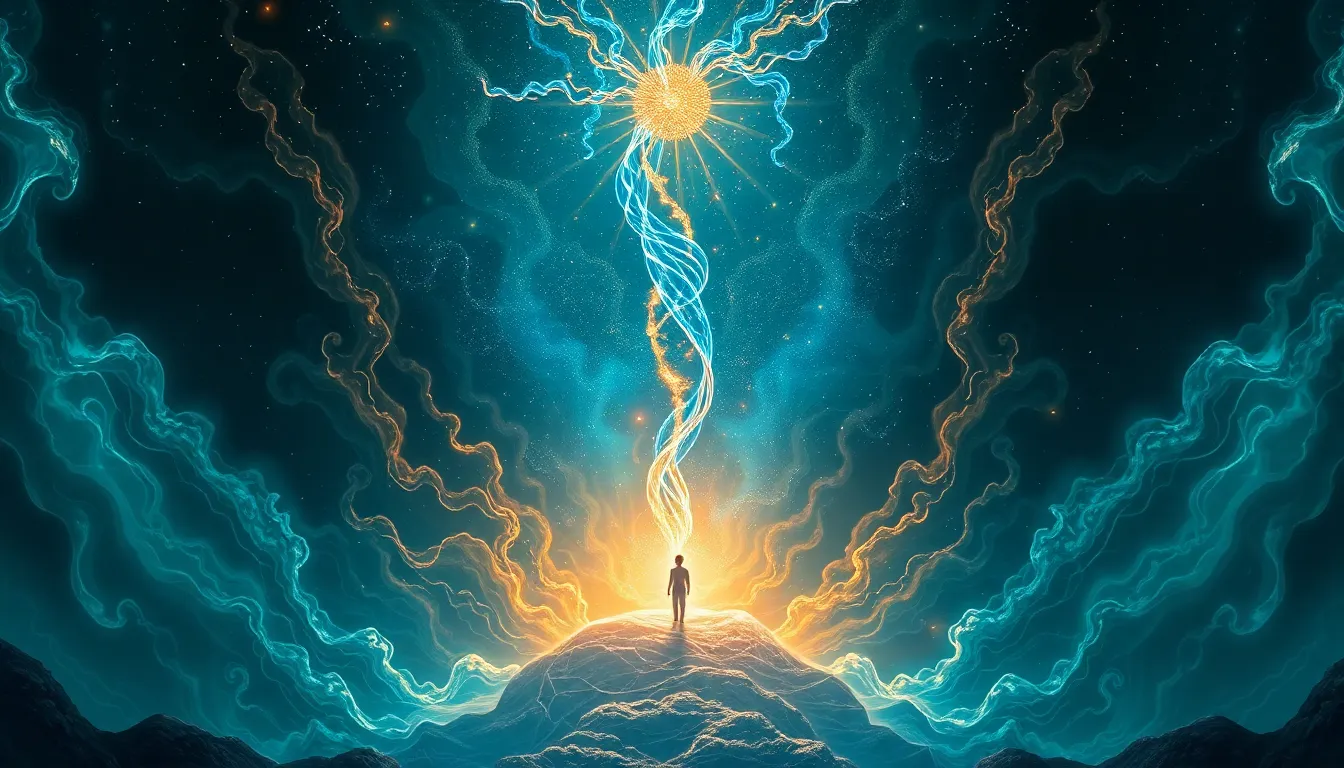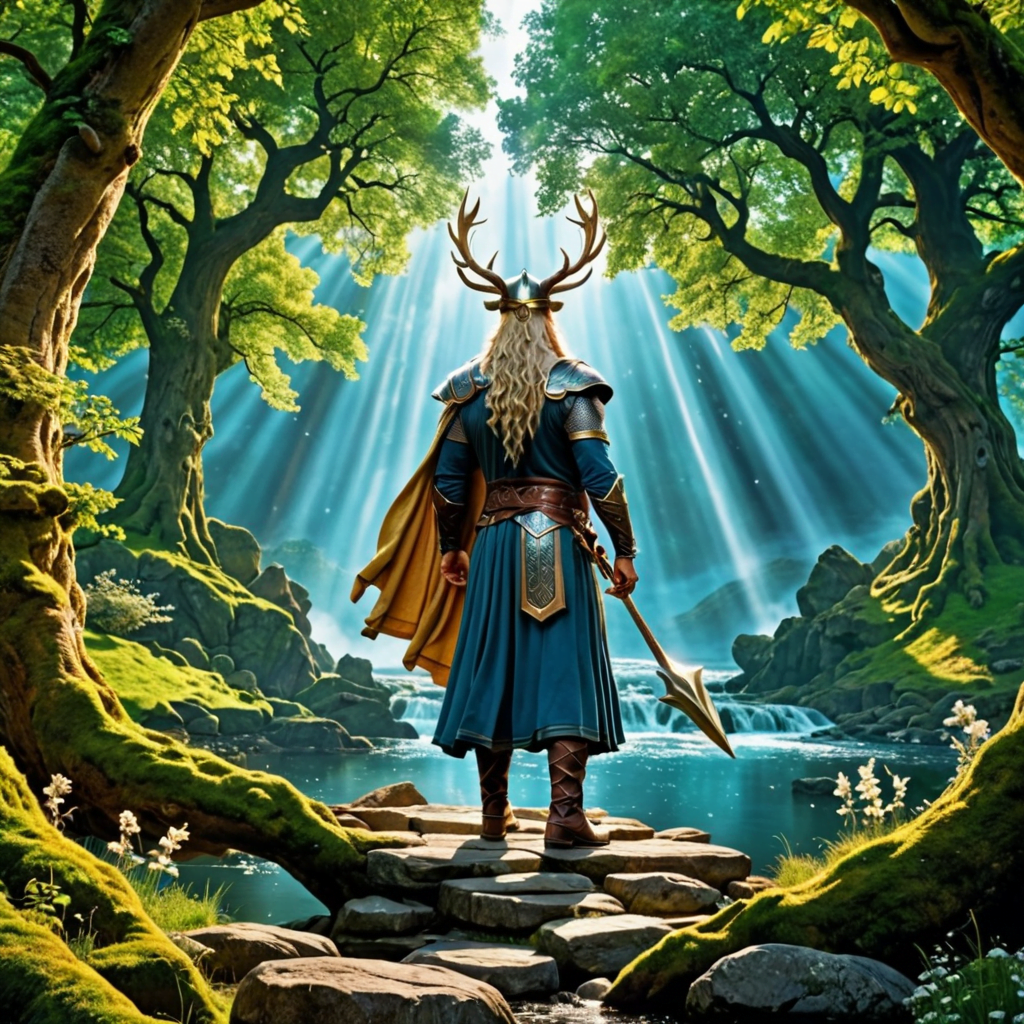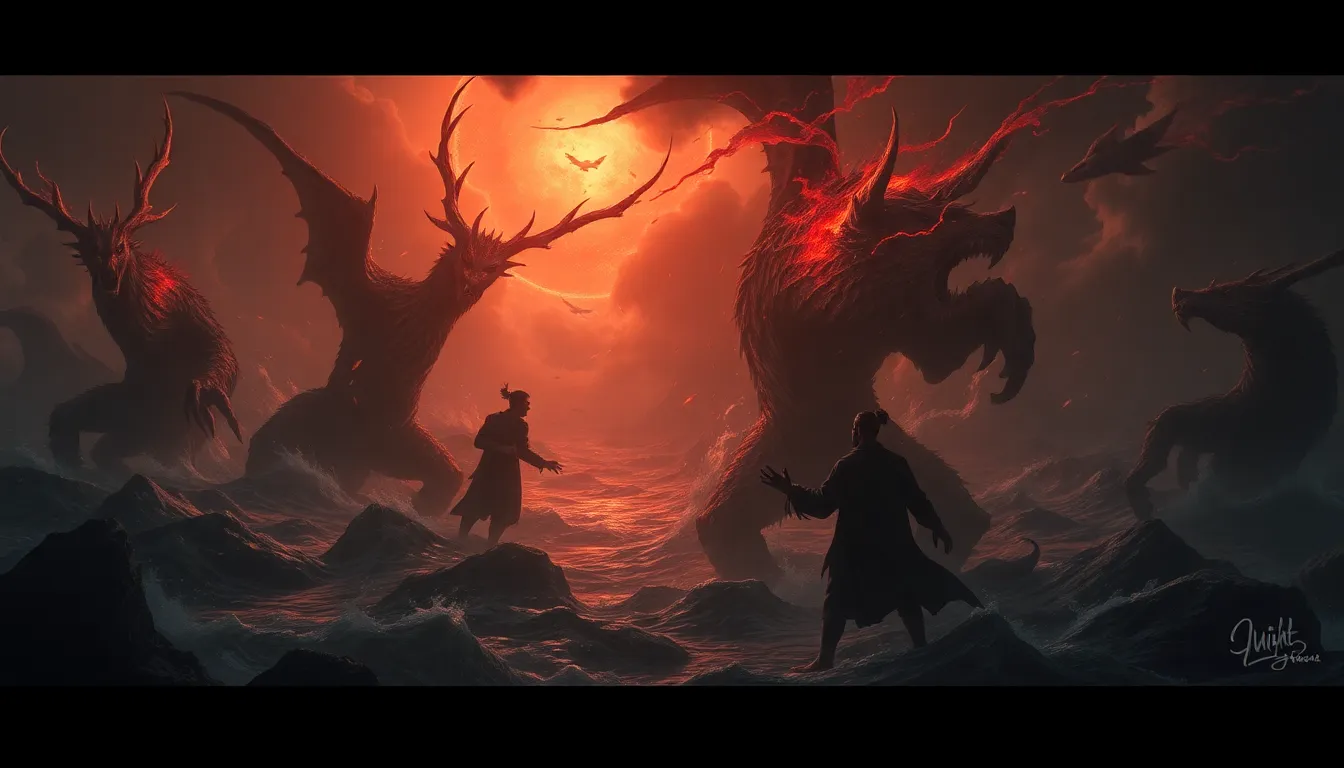Slavic Mythology and Its Cultural Significance
Slavic mythology is a rich tapestry of beliefs, customs, and traditions that have shaped the cultural landscape of Eastern Europe. Its influence extends beyond folklore and literature, deeply ingrained in the region's traditional architecture, art, and daily life. Understanding Slavic mythology provides invaluable insights into the cultural heritage of these nations and the profound impact it has had on their architectural traditions.
Slavic mythology is an animistic belief system that ascribes spirits and supernatural beings to natural phenomena, such as forests, rivers, and the sky. These deities were believed to influence the lives of mortals, and their presence was acknowledged and respected in various aspects of everyday life, including architecture.
Slavic Deities and Their Architectural Representations
The Slavic pantheon is populated by numerous deities, each associated with specific aspects of nature or human existence. These deities often found representation in architectural elements and decorative motifs, serving as protective symbols or reminders of their divine presence.
6. Domovaya: The Guardian of the Home
Domovaya is a female spirit who protects the home and its inhabitants. She is often depicted as a small, old woman with длинные волосы. Domovaya is believed to reside in the hearth or behind the stove, and she is said to bring good luck and prosperity to the household. In traditional Slavic architecture, the hearth was often considered the center of the home, and it was believed that Domovaya's presence there ensured the well-being of the family.
7. Bannik: The Spirit of the Bathhouse
Bannik is a male spirit who lives in the bathhouse. He is often depicted as a naked old man with a long beard. Bannik is said to be mischievous and unpredictable, and he can be either helpful or harmful to bathers. In traditional Slavic architecture, the bathhouse was often a separate building from the main house, and it was believed that Bannik's presence there protected bathers from evil spirits.
8. Domovoy: The Protector of the Livestock
Domovoy is a male spirit who protects the livestock. He is often depicted as a small, hairy creature with a long tail. Domovoy is said to live in the barn or stable, and he is believed to bring good luck and health to the animals. In traditional Slavic architecture, the barn or stable was often a separate building from the main house, and it was believed that Domovoy's presence there protected the animals from predators and disease.
9. Leshy: The Master of the Forest
Leshy is a male spirit who rules the forest. He is often depicted as a tall, green-skinned creature with a long beard. Leshy is said to be a trickster, and he can lead travelers astray or cause them to get lost. In traditional Slavic architecture, the forest was often considered a dangerous place, and it was believed that Leshy's presence there protected travelers from harm.
10. Vodianoi: The Ruler of Water Bodies
Vodianoi is a male spirit who rules the water bodies. He is often depicted as a large, green-skinned creature with a long beard. Vodianoi is said to be a powerful and dangerous spirit, and he can drown anyone who enters his domain. In traditional Slavic architecture, the water bodies were often considered sacred, and it was believed that Vodianoi's presence there protected the people from drowning.
FAQ
Q: What is Slavic mythology?
A: Slavic mythology is a rich tapestry of beliefs, customs, and traditions that have shaped the cultural landscape of Eastern Europe. It is an animistic belief system that ascribes spirits and supernatural beings to natural phenomena, such as forests, rivers, and the sky.
Q: How did Slavic mythology influence traditional architecture?
A: Slavic mythology influenced traditional architecture in many ways. Deities were often represented in architectural elements and decorative motifs, serving as protective symbols or reminders of their divine presence. The hearth, the bathhouse, the barn, the forest, and the water bodies were all considered sacred places, and their design and construction were influenced by beliefs about the spirits that inhabited them.
Q: What are some examples of Slavic deities that were represented in traditional architecture?
A: Domovaya, the guardian of the home; Bannik, the spirit of the bathhouse; Domovoy, the protector of the livestock; Leshy, the master of the forest; and Vodianoi, the ruler of water bodies, are just a few examples of Slavic deities that were represented in traditional architecture.



